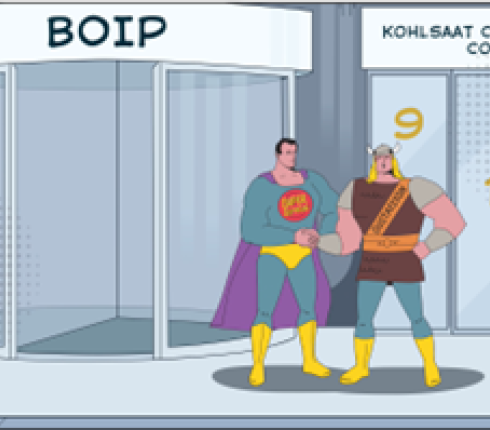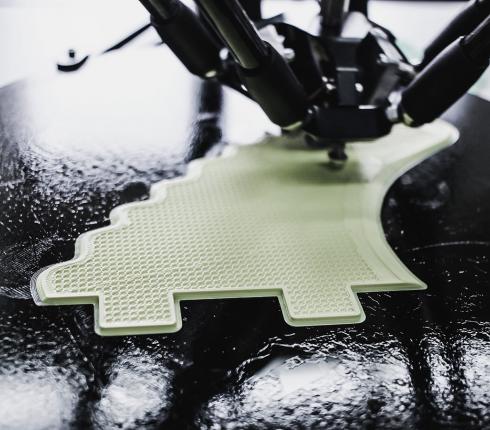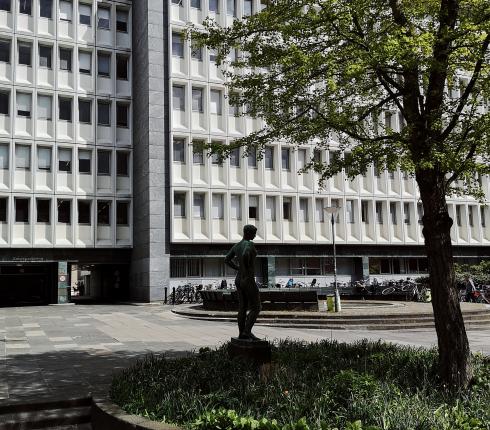NJORD Estonia: Sale of an immovable or cutting right
If there are mature trees on the immovable suitable for cutting, the landowner may at some point wonder whether to sell the immovable or the cutting right. It may be difficult to answer the question if one does not have any knowledge of forest management, no forest management plan or no clear idea of how to use the immovable in the future. Being at a crossroad, one should realise the legal differences between the two transactions.
Sale of an immovable
To conclude a sales transaction for an immovable, you need to go to a notary with the buyer. In simple terms, as a result of such a transaction the seller gets the money and the buyer gets ownership of the immovable. However, the sale of an immovable may entail certain risks. For instance, the payment of the purchase price in parts may make the receipt of the entire sales price difficult or the buyer may wish to reduce the price or claim compensation for damage in the case of deficiencies of the immovable. Usually, the risks can be mitigated, but it calls for thorough preliminary work in the form of learning about the sold property as well as by carrying out a background check regarding the buyer. The sale of the immovable constitutes a one-off transaction and a one-off chance of profit for the owner. However, the sale of a cutting right is an opportunity that ensures a longer-term income opportunity for the owner of the immovable.
Sale of a cutting right
A cutting right entitles one to cut trees to the extent, at the place and time and on the conditions provided for in the contract of sale of the cutting right, to acquire the cut trees, to make timber assortments of the trees and to transport the assortments out of the forest. A cutting right for a standing crop can be sold by way of a non-notarised contract. However, the legal terminology is slightly misleading here. Although the transaction usually is called a sales transaction, it does not involve a classical sales contract by which the ownership of a thing is handed over for consideration. Since a notary does not have to be involved in the conclusion of a contract, unlike in the case of the sale of an immovable, the awareness of the substance of the transaction depends solely on the parties.
In 2011, the Civil Chamber of the Supreme Court explained the legal substance of a transaction of sale of a cutting right in one of its judgments. A standing crop is an essential part of an immovable and belongs to the owner of the immovable. A cut forest is a movable. The Civil Chamber of the Supreme Court held that at least a profit-yielding forest constitutes the fruit obtained from an immovable, which the owner of the immovable becomes an owner of, under the provisions of the Law of Property Act when the fruit is separated from the immovable, i.e. when the forest is cut. The right of ownership of an immovable (i.e. the cut forest) can be transferred. Based on the provisions of the Forest Act and the relevant implementing instrument regulating transactions involving the cutting rights of standing crops and timber, the court concluded that the sale of a cutting right essentially constituted the granting of the use of a forest immovable to another person along with the right to cut the trees growing on the immovable and acquire the trees. Such a contract essentially corresponds to the definition of a commercial lease contract provided for in the Law of Obligations Act.
The substance of a commercial lease contract is the lessor's obligation to grant the lessee use of the object of the lease contract and to provide the lessee with the fruit obtained by way of the regular management of the object of the commercial lease contract. The lessee is required to pay a fee (the rent) for it. Thus, a contract of sale of a cutting right has two components: first, the right to use the immovable and, second, the right to receive a fruit (forest) therefrom. Unlike a sales contract, which is a transaction aimed at a one-off performance, a commercial lease contract is aimed at continuing performance. It should be clarified that, unlike a non-commercial lease contract under which the lessee has the right to use the leased thing, the lessee in a commercial lease contract also has, under the Law of Obligation Act, the duty to use the thing and the obligation to manage the object of the commercial lease contract according to its intended purpose.
In the summer of 2018, the Civil Chamber of the Supreme Court referred to its earlier case law upon referral of a dispute involving a debt claimed under a contract of sale of a cutting right back to the court of appeal. The parties argued over the issue of whether the advance payment agreed on and paid upon a contract of sale for a cutting right should be refunded as a portion of the sales price paid in advance for the purpose of performing the sales contract if the cutting right provided for in the contract is not exercised within the contract term. Time will tell what result is reached in this specific dispute, which is still pending. However, upon entering into transactions involving a standing crop, the cutting right must be viewed based on the substance of the contract and the purpose of the transaction, not based on the terminology used.













































